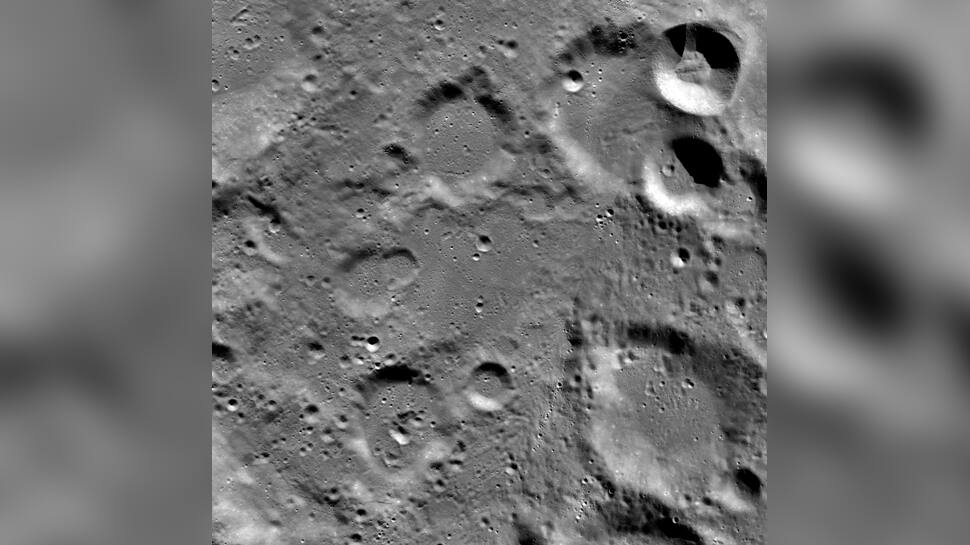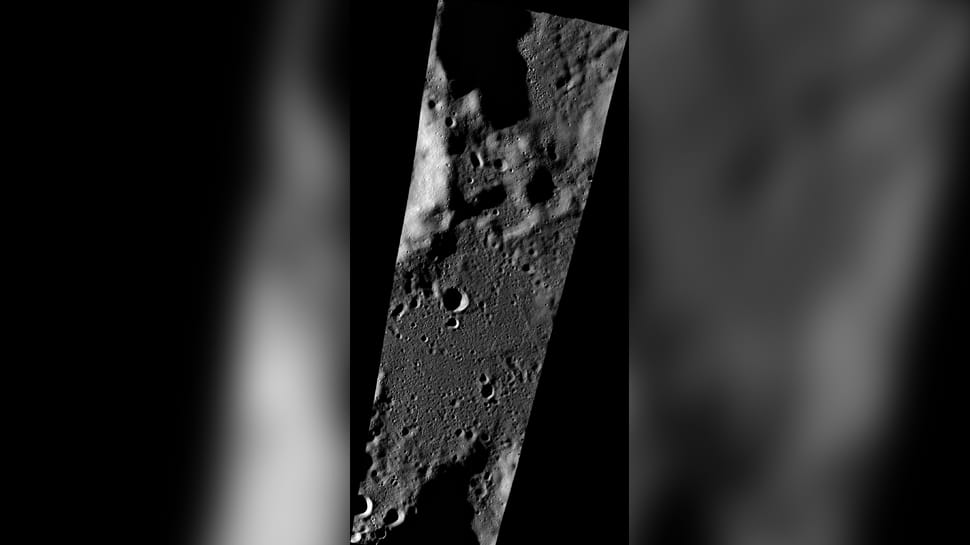Chandrayaan-2's Vikram lander possibly hiding in shadow on lunar surface, yet to determine location: NASA
The National Aeronautics and Space Administration (NASA) informed it is possible that the Vikram lander of Chandrayaan-2 is hiding in a shadow on the lunar surface after it had a hard landing. It added that the precise location of the spacecraft in the lunar highlands is yet to be determined.
Trending Photos
)
The National Aeronautics and Space Administration (NASA) informed it is possible that the Vikram lander of Chandrayaan-2 is hiding in a shadow on the lunar surface after it had a hard landing. It added that the precise location of the spacecraft in the lunar highlands is yet to be determined.
NASA said that lander attempted a soft landing on September 7 on a small patch of lunar highland smooth plains between Simpelius N and Manzinus C craters. A Lunar Reconnaissance Orbiter Camera (LROC) Quickmap fly-around captured a targeted landing site image with a width of about 150 kilometres across the centre.

The Lunar Reconnaissance Orbiter (LRO) passed over the landing site on September 17 and acquired a set of high-resolution images of the area but so far the LROC team has not been able to locate or image the lander, added the NASA.
It was dusk when the landing area was imaged and thus large shadows covered much of the terrain, asserted the space programme agency. The lighting will be favourable when LRO passes over the site in October and once again attempts to locate and image the lander.

The touchdown site was located about 600 kilometres (370 miles) from the south pole in a relatively ancient terrain.
Earlier, NASA had also tried establishing contact with lander Vikram by activating its deep space network - an array of worldwide space antennas. However, despite all its efforts, it failed to establish a connection with the Lander. Unfortunately, NASA's Lunar Reconnaissance Orbiter also failed to spot Vikram lander.
The Lunar Reconnaissance Orbiter camera instrument sent pictures of the intended Moon touchdown site for the Vikram lander but shadows in the area could not capture the Lander's exact position.
Vikram Lander was just 2.1 kilometres above the lunar surface when it lost contact with ISRO, throwing a pall of gloom over the Indian space agency. After the hard-landing of Vikram Lander on the lunar surface, the Indian Space Research Organisation (ISRO) had expressed hopes that they have at least 14 days to establish contact with it. In these 14 days, ISRO achieved the status of Vikram Lander with the help of thermal optical photographs.
Stay informed on all the latest news, real-time breaking news updates, and follow all the important headlines in india news and world News on Zee News.
Live Tv







)
)
)
)
)
)
)
)
)
)
